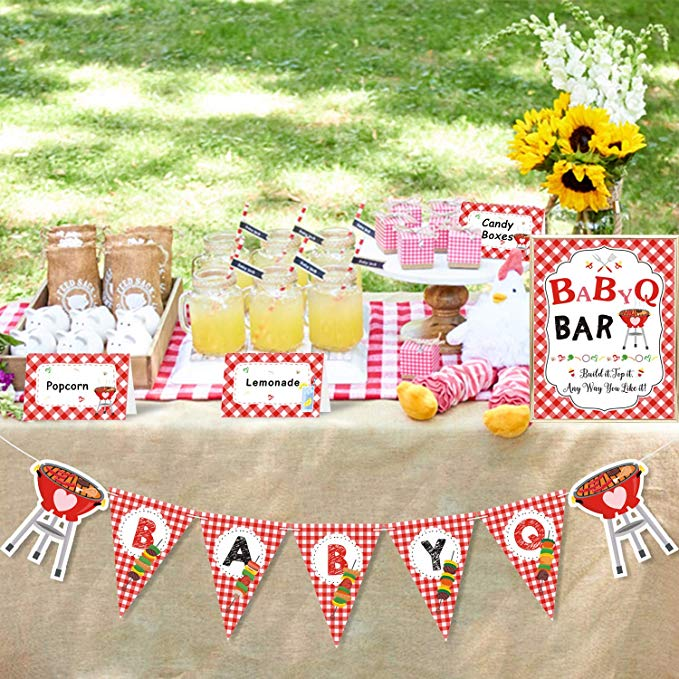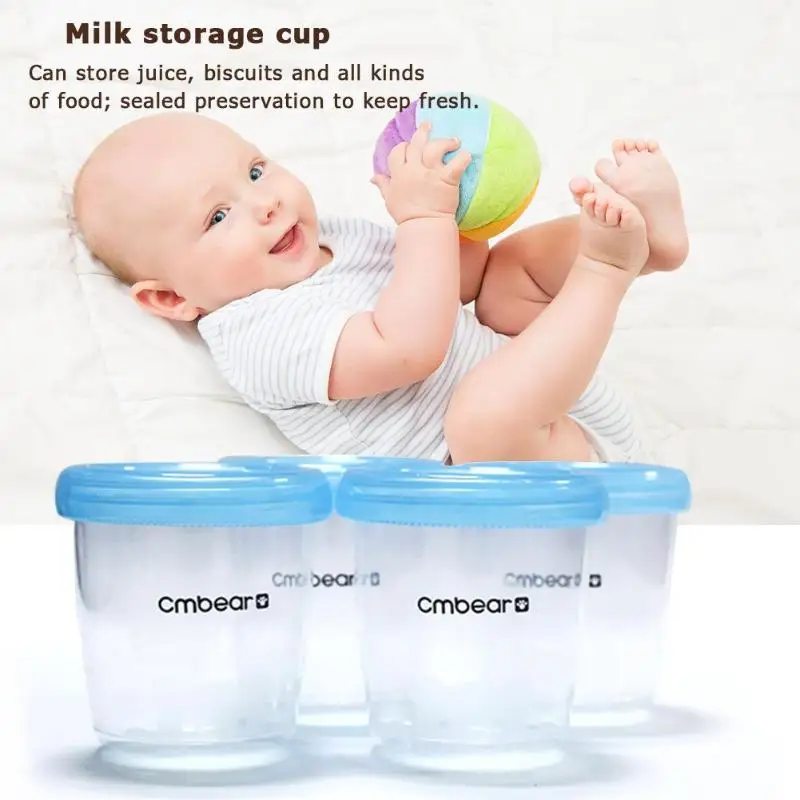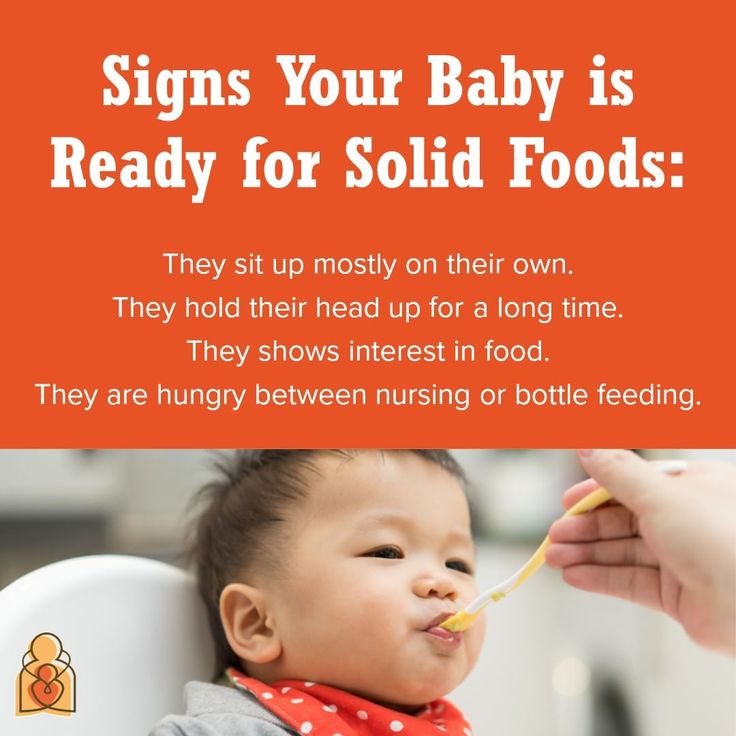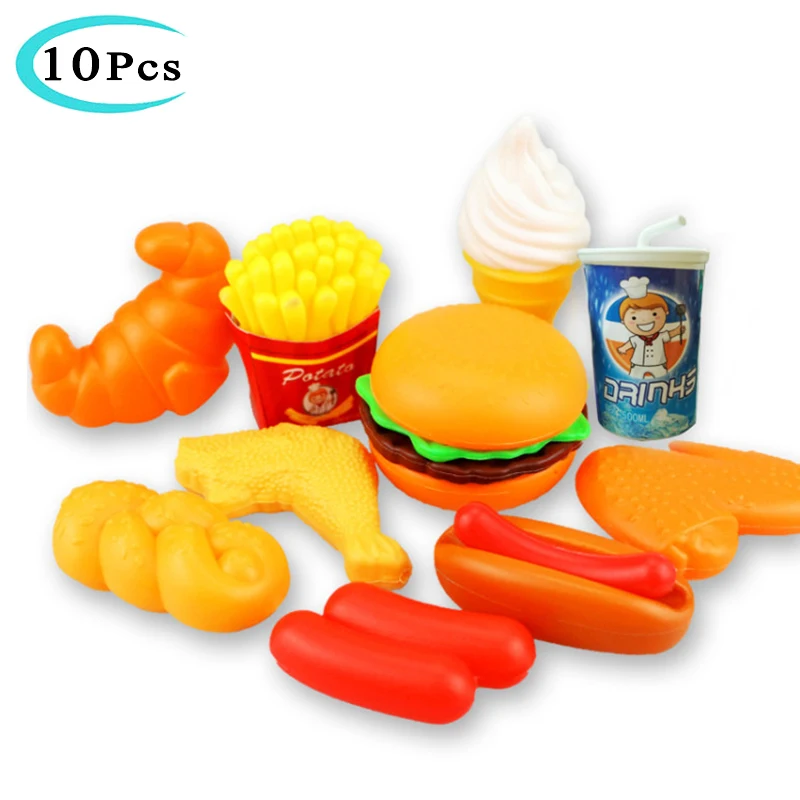Breast feeding a baby with teeth
Breastfeeding After Your Baby Gets Teeth
Your baby's first tooth probably will appear after 6 months, though some babies are born with one or more teeth. In other cases, teeth don't appear until the child is almost a year old.
Many nursing parents decide that it's time to stop breastfeeding when they first notice a tooth. Usually, this is because the baby has nipped the breast at the end of a feeding session. Or, the nursing parent fears they will be bitten soon. Yet many babies with teeth
(or those who are teething) never bite when breastfeeding.
Did you know? An actively nursing baby will not bite because their tongue covers their lower teeth. A baby who nips the breast as they start to pull away near the end of a feeding can be taught to stop. Try not to let this minor challenge get in the way of breastfeeding so early in your nursing relationship.
How to prevent a breastfeeding baby from biting
If your baby has sprouted a tooth and you are concerned that they may nip you as a feeding ends: Keep your finger ready to break the suction and remove your breast as soon as her rhythmic suckling stops (and before she starts to drift off or feel playful).
If your baby has already bitten you while nursing: Say no firmly and then remove your baby from your breast. Try to keep this action as bland and matter-of-fact as possible. Too much anger or even amusement may interest them enough to make them want to repeat the experiment again. Once they realize that biting means no more breast, they will learn to stifle the impulse. (Meanwhile, don't forget to offer your baby a one-piece teething ring when they are not nursing.)
How to prevent baby-bottle tooth decay
Once your baby's teeth have begun to come in, keep in mind that even breastfeeding babies are sometimes susceptible to baby-bottle tooth decay (BBTD). BBTD is a major cause of dental cavities in infants that can also cause serious damage to permanent teeth later on.
Baby-bottle tooth decay results from teeth being coated in almost any liquid other than water for long periods. It occurs most commonly among babies who are put to bed with a bottle of formula or juice. Breastfeeding infants who fall asleep while nursing with unswallowed milk remaining in their mouths are also vulnerable to tooth decay.
Breastfeeding infants who fall asleep while nursing with unswallowed milk remaining in their mouths are also vulnerable to tooth decay.
Beyond the first year, dental caries—tooth decay—can occur in toddlers who receive sugary liquids in a bottle or who are nursing and eating foods with sugar and carbohydrates. Make a point of removing your breast from your baby's mouth once they have fallen asleep.
Tips to promote dental health right from the start
Your pediatrician will check your baby's teeth as part of the well-child visits during the first year of life and beyond.
To stimulate healthy gums: It is a good idea to wipe the gums at least once a day, beginning at birth, even before any teeth have erupted in your child's mouth.
After teeth erupt: Wiping their gums and teeth with a piece of gauze or a damp cloth after feedings and before bedtime will help maintain good oral hygiene.

Once your child has several teeth: Start using water and a soft-bristled, child-size toothbrush for daily cleaning with a small smear of fluoridated toothpaste. Some fluoride is good for strong, healthy teeth that are resistant to decay, but too much can cause dark discoloration of the teeth.
Your doctor or dentist may also apply a topical fluoride varnish at office visits to protect your baby's teeth. A first dental checkup is recommended by your baby's first birthday.
More information
- How to Prevent Tooth Decay in Your Baby
-
Brushing Up on Oral Health: Its Never Too Early To Start
- Why Breastfeed: Benefits For You & Your Baby
The information contained on this Web site should not be used as a substitute for the medical care and advice of your pediatrician. There may be variations in treatment that your pediatrician may recommend based on individual facts and circumstances.
Breastfeeding and teething - La Leche League GB
You are here: Home / Common Concerns / Breastfeeding and teething
When it comes to teething, all babies are different: a very few are born with teeth already erupted through their gums, while others may reach their first birthday without any. In general, most babies will have that first little flash of white in their gums by six months old, and by two years old she may well have sixteen teeth. In the six months after that, the final four big back teeth often called “two year molars” will probably emerge.
Signs of teething
Dealing with teething pain
How teething may affect breastfeeding
Signs of teething
Many parents find that teething symptoms are worst in the period before a tooth actually emerges, while it is working its way up through the baby’s gum. Some of the signs that parents report include:
- Changes in the way a baby latches on to the breast: feeding your baby may start to be uncomfortable, or she may change the position of her mouth or head, or her latch may just feel a bit different
- Dribbling: your baby is suddenly drooling all the time, and you may find yourself needing to change her bib or top several times a day
- Redness and rash: your baby’s cheeks may be flushed bright red, and she may have a red rash around her mouth and chin
- Loose stools: your baby’s poo may seem runnier than usual, it may seem to irritate her skin more than usual if she isn’t changed immediately, and she may develop nappy rash
- Biting and chewing: you might notice that your baby is chewing her fingers or fist; all young babies put objects into their mouths as a way of exploring them, but you may feel that your baby is chewing his toys with more determination than usual
- Night waking: any pain or discomfort can disrupt your baby’s usual sleep pattern
- Slightly raised temperature: some parents have said that their babies run a low-level fever at the point when a new tooth actually comes through the gum, warmer than usual but not hot enough to cause serious concern.

Warning! Some of the symptoms listed above can also be signs of illness. If your baby has diarrhoea or a fever, or you are worried about his health, please seek medical advice.
Dealing with teething pain
Specially designed teething toys can give your baby some relief from the discomfort in his gums. Look out for toys with plenty of surface texture, or little bumps or projections to chew on. Some teething rings are filled with water and can be kept in the fridge or freezer until they are needed. You don’t have to use specially designed toys, though: many babies enjoy chewing a flannel that has been run under a cold tap and then wrung out, especially if it has been kept in the fridge to cool down. You can also try massaging the sore spot on your baby’s gums with your finger, if he seems to enjoy it. A baby who is cutting teeth further back in the mouth might like to have a toothbrush or similarly-shaped toy to chew on; you can buy a “first toothbrush” without bristles if you are concerned about your baby chewing them off.
If your baby is eating solids, you can give him hard foods to chew on, like fingers of apple or carrot. Be aware that once your baby has actually cut a tooth, even the tip of it can be sharp enough to break a chunk off something like a raw carrot, so supervise him carefully and use your judgement about appropriate foods to offer. You could try freezing foods, such as fingers of banana, or freeze plain unsweetened yogurt into lollies (either use small lolly moulds, or place small spoonfuls onto a tray in the freezer with a lolly stick or baby’s spoon in each one).
Don’t forget that breastfeeding can be really soothing for a baby who is unhappy or in pain. Occasionally a well-meaning person might advise a breastfeeding mother that a baby should be weaned from the breast when his first tooth comes through, but this simply isn’t necessary. The World Health Organisation recommends breastfeeding for at least the first two years of a baby’s life; mothers around the world have happily breastfed their babies through teething, and even up to the age when the permanent teeth emerge.
How teething may affect breastfeeding
Latch: Sore or swollen gums, or the presence of new teeth at the front of your baby’s mouth, may affect the way that she latches on to breastfeed. You may find it helpful to experiment with different feeding positions to find one that is comfortable for both of you. This is also a good time to keep an eye on your baby’s latch: make sure he is opening his mouth wide to latch on, ideally with his tongue visible above his lower teeth, and that he is latching deeply onto your breast . If sore gums are interfering with feeding, try some of the tips above for addressing the pain immediately before feeding. Be careful about using anything frozen, or any purchased teething remedy that numbs your baby’s mouth, immediately before feeding, as the numbness can affect his ability to latch correctly.
Biting: Sometimes a baby who has been dealing with teething pain by biting anything he can get hold of may experiment with doing the same thing to his mother’s breast. For some ideas on how to respond to biting, see this page. It is important to bear in mind that when a baby is correctly latched on to breastfeed, her tongue covers her lower teeth, so it should be impossible for her to bite you while actively feeding without biting her own tongue. A newly-emerged tooth is very sharp, in order to help it cut through the gum, so you may get a scratch from it during feeding. If your nipple is sore because of a bite or scratch, try using a different feeding position next time so that your baby’s teeth don’t touch the sore spot, and treat between feeds with pure lanolin or a hydrogel pad if necessary.
For some ideas on how to respond to biting, see this page. It is important to bear in mind that when a baby is correctly latched on to breastfeed, her tongue covers her lower teeth, so it should be impossible for her to bite you while actively feeding without biting her own tongue. A newly-emerged tooth is very sharp, in order to help it cut through the gum, so you may get a scratch from it during feeding. If your nipple is sore because of a bite or scratch, try using a different feeding position next time so that your baby’s teeth don’t touch the sore spot, and treat between feeds with pure lanolin or a hydrogel pad if necessary.
Frequency of feeding: You may already have discovered that breastfeeding can be a brilliant way of soothing your baby if she is unhappy, or in pain: after vaccinations or during illness, for example. If your baby is suffering with teething pain, she may ask to feed more often, possibly for quite short periods each time. If you are happy to feed her as often as she wants, then it can really help both of you to get through this tricky time.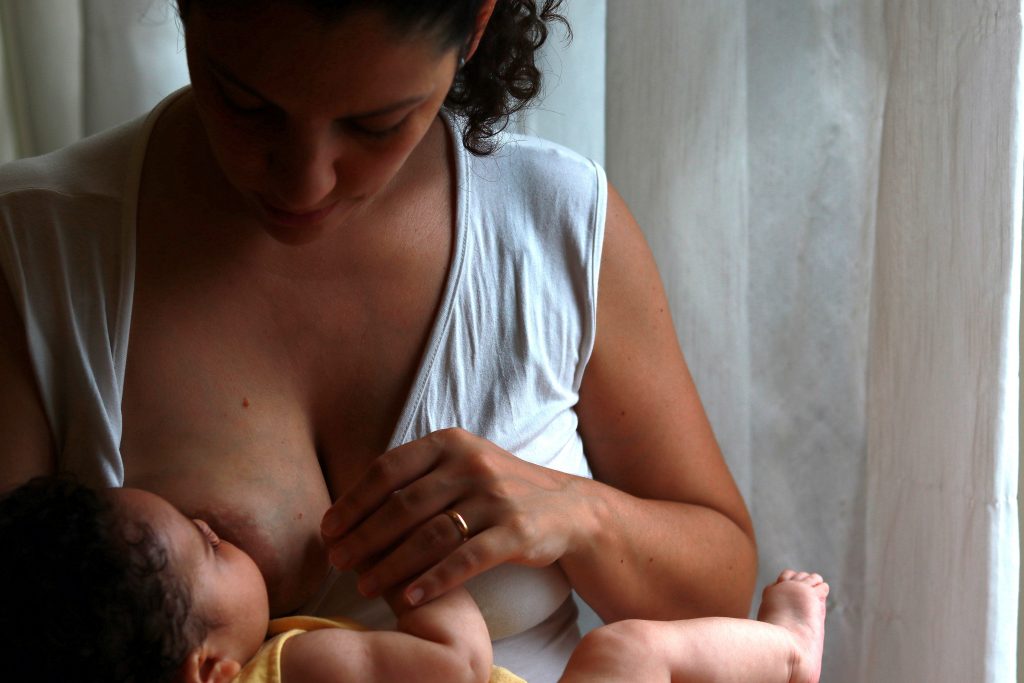 But if your baby’s teething is making it uncomfortable to feed her, you may not feel like offering the breast every time she asks for it. You can use the suggestions above to address problems with latching and biting, and you can experiment with other ways of distracting her from the pain. Mothers over the years have tried many things, and common tricks include carrying your baby, taking her for a walk outside, dancing with her, singing to her, giving her a warm bath, and anything else that you have found that works for her.
But if your baby’s teething is making it uncomfortable to feed her, you may not feel like offering the breast every time she asks for it. You can use the suggestions above to address problems with latching and biting, and you can experiment with other ways of distracting her from the pain. Mothers over the years have tried many things, and common tricks include carrying your baby, taking her for a walk outside, dancing with her, singing to her, giving her a warm bath, and anything else that you have found that works for her.
Dealing with dribble: It seems to be common for a teething baby’s dribble to irritate his skin. Make sure you keep him dry and clean, by gently washing or wiping his chin. You may want to do this immediately before offering him the breast, so that his dribble doesn’t irritate your skin too.
Written by Emma Taylor for LLLGB, 2017
Filed Under: Breastfeeding information, Common Concerns Tagged With: biting, teething
Breastfeeding and dental caries
The medical community has long recognized breastfeeding as the best way to develop a child. The uniqueness of mother's milk makes it indispensable for the child's body. Undoubtedly, mothers should breastfeed their children in any situation, except for special medical contraindications.
The uniqueness of mother's milk makes it indispensable for the child's body. Undoubtedly, mothers should breastfeed their children in any situation, except for special medical contraindications.
It is impossible to overestimate the influence of breast milk on the development of a baby's teeth. It contains substances that increase the immunity of the oral cavity, and minerals that strengthen teeth. nine0003
Therefore, it is surprising for mothers to hear about the facts of the connection of early childhood caries with breastfeeding. And on this issue, the opinions of scientists differ: some of them confirm the increase in carious activity during prolonged breastfeeding, some refute it.
Early childhood caries is a rapid process of destruction of milk teeth in children under 2-3 years old. In a severe form, this is manifested by brown, dilapidated, painful teeth.
The front upper teeth are affected first, sometimes on the palatal surface, which goes unnoticed.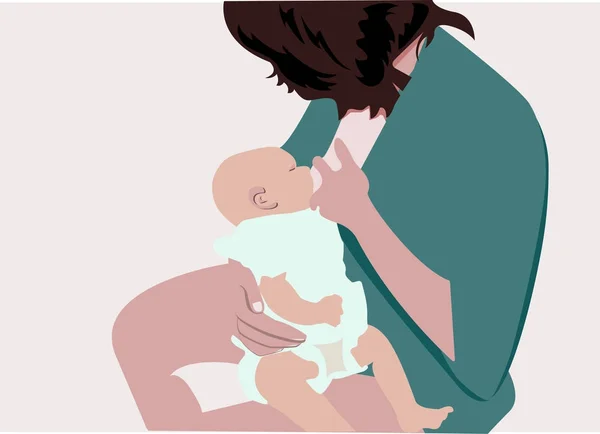 Then the process can be detected on the lateral upper and lower teeth. Only the anterior teeth of the lower jaw are almost never involved in the process. Breastfeeding and tooth decay - what's the connection?
Then the process can be detected on the lateral upper and lower teeth. Only the anterior teeth of the lower jaw are almost never involved in the process. Breastfeeding and tooth decay - what's the connection?
Before answering this question, we turn to the scientific facts about the mechanisms of development of caries:
- Dental caries occurs when bacteria come into direct contact with food and drink, which the bacteria convert into acids. The baby receives these bacteria from the mother during the first year of life. nine0020
- the process of the course of caries is a regular change of periods of "attack" and "repair". In itself, mother's milk is not the best food for bacteria, it is low in sugars. And it contains quite a lot of buffer substances that restore tooth enamel after a period of "attack" bacteria by acids.
- each meal provokes an acid "attack" of bacteria on the teeth. It comes from any kind of food, both high and low in sugar.
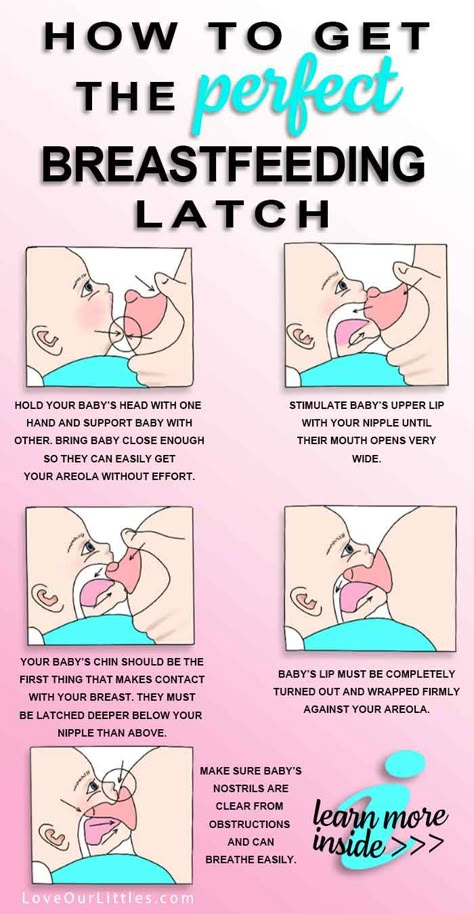 The process of "repairing" after an acid "attack" takes about two to three hours. If we eat earlier, the teeth do not have time to recover from previous exposure to acids and the decay process goes deeper. nine0020
The process of "repairing" after an acid "attack" takes about two to three hours. If we eat earlier, the teeth do not have time to recover from previous exposure to acids and the decay process goes deeper. nine0020 - caries in children worse at night. This is due to the slowing down of saliva production during sleep. Saliva is the main source of minerals for repairing teeth. Any food, drink and even breast milk taken before bed or during the night will stimulate the carious process.
In fact, breastfeeding poses minimal risk of tooth decay and is protective for most babies. Its reverse effect can be observed only if a rational feeding regimen is violated: nine0003
- high feeding frequency;
- frequent night feedings;
- if the child's mouth is not cleaned after feeding.
What other dentists think about it
The American Academy of Pediatric Dentistry has a clear position on breastfeeding. They fully support breastfeeding. But they warn that the risk of developing tooth decay when breastfeeding is the same as when feeding with artificial mixtures. And it is recommended to avoid night feedings with the appearance of the first tooth in the child's mouth. nine0003
They fully support breastfeeding. But they warn that the risk of developing tooth decay when breastfeeding is the same as when feeding with artificial mixtures. And it is recommended to avoid night feedings with the appearance of the first tooth in the child's mouth. nine0003
Here are some tips for caring for your child's oral health:
- clean your baby's teeth and gums with a soft cloth or toothbrush after each feed;
- Arrange for an initial pediatric dentist appointment as soon as the child is one year old;
- teach your child to drink from a cup by the first year of life;
- use preventive programs as recommended by your dentist. nine0029
- breastfeed your baby for at least one year;
- After the introduction of complementary foods, monitor the frequency of intake of sugary foods. This is one of the most important things that will reduce the likelihood of developing caries.

- monitor your child's sleep. According to the American Association of Pediatrics guidelines, babies should fall asleep on their own without motion sickness or feeding by 6-8 weeks of age, and sleep through the night by 6 months of age. nine0020
- avoid long periods of feeding, especially if the baby falls asleep at the breast.
You can get the most out of breastfeeding and avoid cavities by following the advice of the experts:
In general, parents need to understand the factors that lead to early childhood caries and ensure that breastfeeding is beneficial and not problematic.
Breastfeeding and teeth
Did you know that in ancient Rome lactation was perceived as a divine gift to a woman? Did ancient Greek myths say that mother's milk is a drink that gives strength and immortality? Zeus himself, sympathizing with his son Hercules, who was born from an ordinary woman, fed him with the milk of his divine wife Hera. At the time of application, she was asleep, and when she woke up and with fear pushed someone else's child from her chest, milk drops scattered in the sky became the constellation of the Milky Way.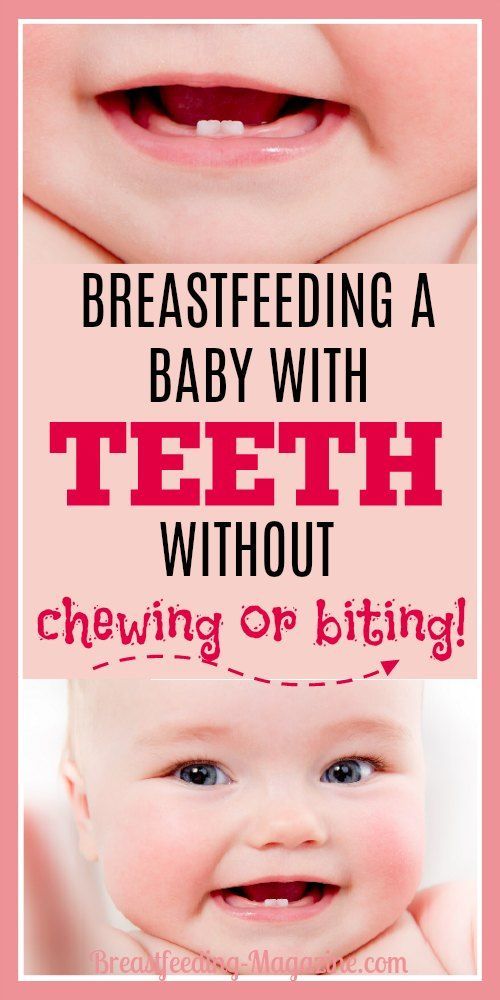 nine0003
nine0003
In the Middle Ages, wealthy families resorted to the services of a wet nurse. By the beginning of the 17th century, more than half of European babies ate other people's milk. And by the 18th century, among Parisian mothers, only 10% fed their children themselves, the rest preferred to pay wet nurses. Those, as a rule, came from the lower classes, did not particularly follow the diet, and often drank alcohol. And all this with appalling rates of infant mortality. Unfortunately, the prejudices characteristic of that era did not bypass the lactation process - babies were mixed with honey, almond oil, sugar in breast milk, fed babies from a cow's horn with a cut off tip, and dried cow's nipple was used as a nipple. nine0003
Modern mothers can breastfeed their babies for quite a long time, thereby not only supporting the child's immunity, but also an emotional connection with him. However, the baby grows, and already in the first year of life, his teeth are cut. By the way, about them.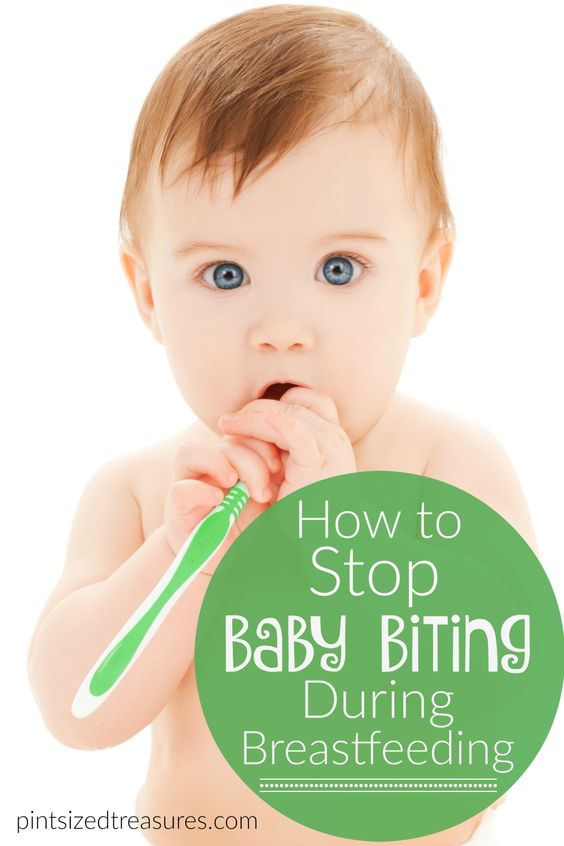
What do dentists think about breastfeeding, and does prolonged lactation affect mom's dental health? We asked Ivan Vasilyevich Ivanov, chief freelance pediatric dentist of the Department of Health of the Tyumen Region, to answer these questions. nine0003
Ivan Vasilyevich, does research in the field of pediatric dentistry generally confirm the benefits of breastfeeding (breastfeeding)?
Yes, a large number of studies in the field of dentistry and pediatrics confirm the benefits of breastfeeding. With mother's milk, nutrients, vitamins, enzymes, hormones and other biological substances necessary for the growth and development of the child and the formation of his immunity enter the child's body.
Does breastfeeding affect the formation of malocclusion in a child?
When breastfeeding, the child develops the correct position of the tongue, normalizes the tone of the circular muscle of the mouth, which prevents the development of bite anomalies
Is it necessary to take care of the first teeth of a child who is breastfeeding?
Mandatory, because breast milk contains lactose (so-called milk sugar). In addition to a positive effect on the body, it can have a negative effect on the hard tissues of the tooth - in the presence of plaque on the teeth, the level of activity of cariogenic microorganisms increases, which in early childhood cause rapid destruction of enamel and underlying dentin. Therefore, appropriate hygiene procedures must be carried out when the child has the very first teeth - with a special silicone fingertip, without toothpaste - it should be used only when the child learns to spit on his own. nine0003
In addition to a positive effect on the body, it can have a negative effect on the hard tissues of the tooth - in the presence of plaque on the teeth, the level of activity of cariogenic microorganisms increases, which in early childhood cause rapid destruction of enamel and underlying dentin. Therefore, appropriate hygiene procedures must be carried out when the child has the very first teeth - with a special silicone fingertip, without toothpaste - it should be used only when the child learns to spit on his own. nine0003
Is it possible for a mother to treat her teeth during breastfeeding?
Breastfeeding is not a contraindication for dental treatment. But it is necessary to warn the attending dentist that you are breastfeeding. As well as discuss a detailed treatment plan. Nursing mothers are worried about the effects of pain medications that are used during treatment. To avoid any risk of passing the substance into breast milk, we recommend that our patients express milk once after treatment and dispose of it.



